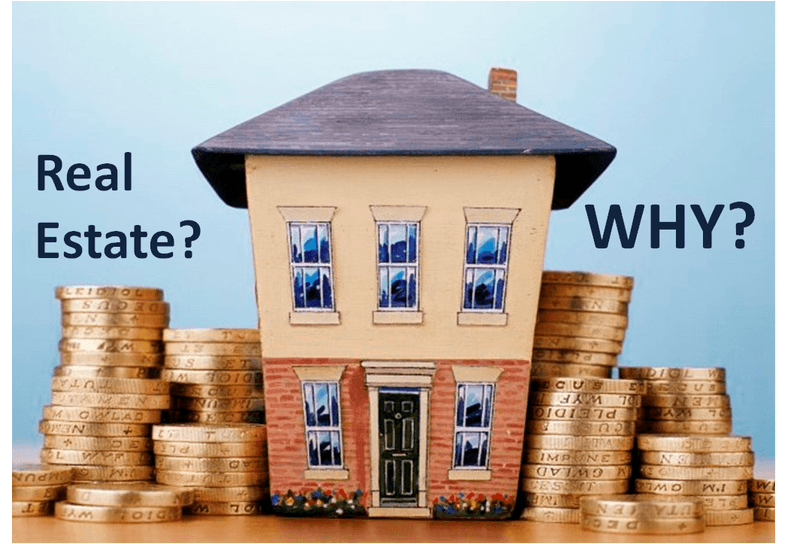The first time I heard someone say “real estate investing,” I pictured billionaires in suits talking about skyscrapers. It sounded intimidating, expensive, and way out of reach.
But a few years ago, I took the leap and bought my first rental unit—a tiny fixer-upper in a not-so-great part of town. I had no idea what I was doing. I made a bunch of mistakes (and learned from all of them). Now? I’ve got a small but steady rental portfolio, and I help friends get started in the same game.
This post is everything I wish I knew when I started—broken down in plain English, from someone who’s still figuring it out too.
Understanding the Basics: What Is Real Estate Investing?
Let’s keep it simple.
Real estate investing means putting your money into property—like Residence, houses, apartments, or land—with the goal of making a profit.
That profit can come from:
-
Buying low and selling high
-
Collecting rent from tenants
-
Renovating and flipping a property
-
Holding onto property while it appreciates in value
Some folks get into it for monthly cash flow. Others play the long game, betting on value increases over time. For me, it’s been a little of both.
The key is treating it like a business, not a hobby.
Buying Your First Property: What They Don’t Tell You
When I was figuring out how to start investing in real estate, most advice online made it sound way too easy. Like, “Just buy a duplex, live in one side, rent out the other!” Sure, sounds great—if you’ve got perfect credit and a fat down payment.
Here’s what actually helped me:
-
Start small. My first property was under $100K. Not glamorous, but affordable.
-
Get pre-approved. I didn’t even know what I could afford until I talked to a lender.
-
Work with an investor-friendly agent. They knew which areas had good rental potential—and which ones to avoid.
One mistake I made? Underestimating repair costs. What looked like “just paint and flooring” turned into a plumbing nightmare. If I could go back, I’d bring a contractor during showings just to get rough estimates before making an offer.
Renting It Out: What I Learned the Hard Way
Ah, tenants. Nothing teaches you more about human behavior than managing your own rental.
My first tenant was late with rent three times in the first six months. I didn’t want to be the “mean landlord,” so I let it slide. Bad idea. By the time I tried to enforce the lease, I’d already lost hundreds.
Here’s what helped me turn things around:
-
Use a clear, written lease. And go over it with the tenant before they sign.
-
Screen thoroughly. Credit, background, and rental history—every time.
-
Have a system. Online rent collection, late fees, scheduled maintenance—it all matters.
And don’t forget to set aside 10–15% of your rental income for repairs. Pipes burst. Appliances die. It’s not if, it’s when.
Selling Property: Timing, Strategy, and Emotion

Selling was actually the part that surprised me the most—emotionally. One of the homes I sold was the first place I ever renovated. I poured hours of sweat into it. And when I listed it? The market was cold.
I had to let go of the idea that it “should be worth more because I worked so hard.” Buyers don’t care about effort—they care about value.
What worked for me:
-
Timing the market. I tracked local sales for months before listing.
-
Staging and presentation. A small investment in paint and lighting made a big difference.
-
Working with a sharp agent. I got more eyes on the property and more realistic expectations.
I walked away with a small profit—not a fortune—but it taught me that patience and market research matter more than emotion.
How I Got Into Real Estate Investing (and How You Can Too)
People ask me all the time:
“How do you get into real estate investing if you don’t have a ton of money?”
My answer? Start where you are.
I didn’t buy a luxury condo. I found a beat-up starter house, got a small FHA loan, and slowly fixed it up while working a regular job. I rented it out, saved up, and repeated the process.
If you’re wondering how to get started in real estate investing, consider:
-
House hacking: Live in one unit, rent out the rest.
-
Partnering: Split the costs with a friend or family member.
-
REITs or crowdfunding: If you’re not ready to buy, you can still invest passively.
The key is action over perfection. Don’t wait for the stars to align.
Final Thoughts: Real Estate Isn’t Fast, but It’s Real
Look, real estate isn’t a get-rich-quick scheme. It’s slow, messy, and sometimes stressful. But it’s also real. You’re buying something you can see, touch, and control. That’s what I love about it.
I’ve made mistakes—big and small. But I’ve also built something stable, something that grows. And if I can do it, honestly? So can you.
Whether you’re buying your first property or just curious about the world of investing, remember: you don’t need to be an expert to get started. You just need to start.
Luxury living isn’t just about having a beautiful home—it’s about indulging in comfort, style, and top-tier amenities. Luxury Residence: Living in Style and Comfort with High-End Amenities and Design explores what makes a luxury residence truly exceptional, from cutting-edge design to world-class amenities that cater to every need. Whether you’re dreaming of your perfect home or simply fascinated by high-end living spaces, this article offers a closer look at what defines true luxury in residential design.




